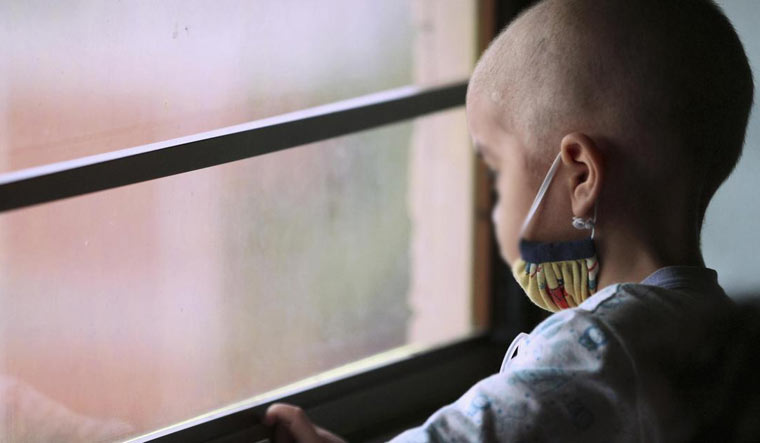Have advances in cancer treatment in the last three decades worked for children and adolescents with cancer?
Yes, but risks of side effects remain, according to a study published this month in JAMA Oncology, a peer-reviewed journal published by the American Medical Association.
The research set out to compare the life expectancy of those who were diagnosed of cancer in the 1970s and those who were diagnosed in the 1990s. The results suggest that those diagnosed in the 1990s benefitted from advanced treatments (especially those who received chemotherapy alone) and so lived longer than those who were diagnosed with cancer in the 1970s. However, survivors of childhood cancer did risk a shorter life span because of the severe treatment-related late toxic effects, especially those related to radiotherapy.
Conditional life expectancy (number of years of survival starting at 5 years from diagnosis) for those who were diagnosed in 1970-1979 era was 48.5 years; it stood at 53.7 years for those received a diagnosis in the 1980-1989 era, and 57.1 years for those who were diagnosed in during 1990-1999. The gap between the life span of the general population and that of the survivors also reduced in the three decades, indicating that advancements in treatment did really benefit the patients.
The findings are important as the authors claim that this year, the population of childhood cancer is projected to exceed 500,000 persons. Choosing the right therapy for treatment based on the side-effects in adulthood then becomes a crucial decision.
“Our findings of improved life expectancy based on the decade of diagnosis and treatment are consistent with known changes in pediatric cancer treatment during the past decades, including the omission of radiotherapy for ALL (acute lymphocytic leukemia), acute myeloid leukemia, and non-Hodgkin lymphoma and the shift away from the use of radiotherapy for some solid tumors,” the authors explain.
However, they also highlight the need for “new therapeutic approaches” for cancer diagnoses “for which radiotherapy remains an integral component of local control of the disease”, and for the “vigilant care of survivors who received radiotherapy as children”. The study also found that improvements in life expectancy for survivors of childhood and adolescent cancers treated with chemoradiotherapy have also been “modest”.
“New precision approaches—possibly using genetic markers to guide treatment, such as risk markers for susceptibility to radiogenic cancers or heart failure—may serve to minimize late effect risks in the future,” the authors conclude.
Besides they also point to the mental health needs of these survivors by advocating further studies on the rising risk of dying from external causes, “including accidents, suicides, and poisonings”. “Although these findings are suggestive, they highlight the need for additional data on these risks and a greater understanding of survivors’ mental health needs.”



